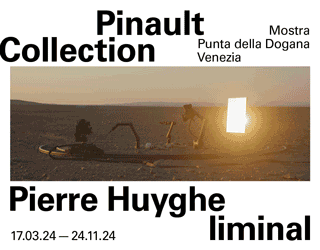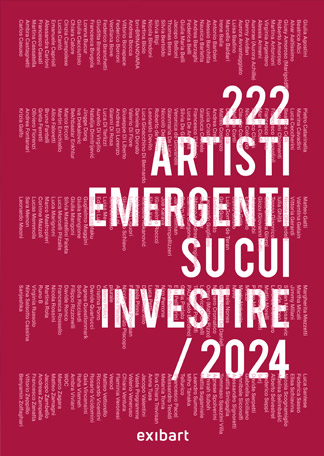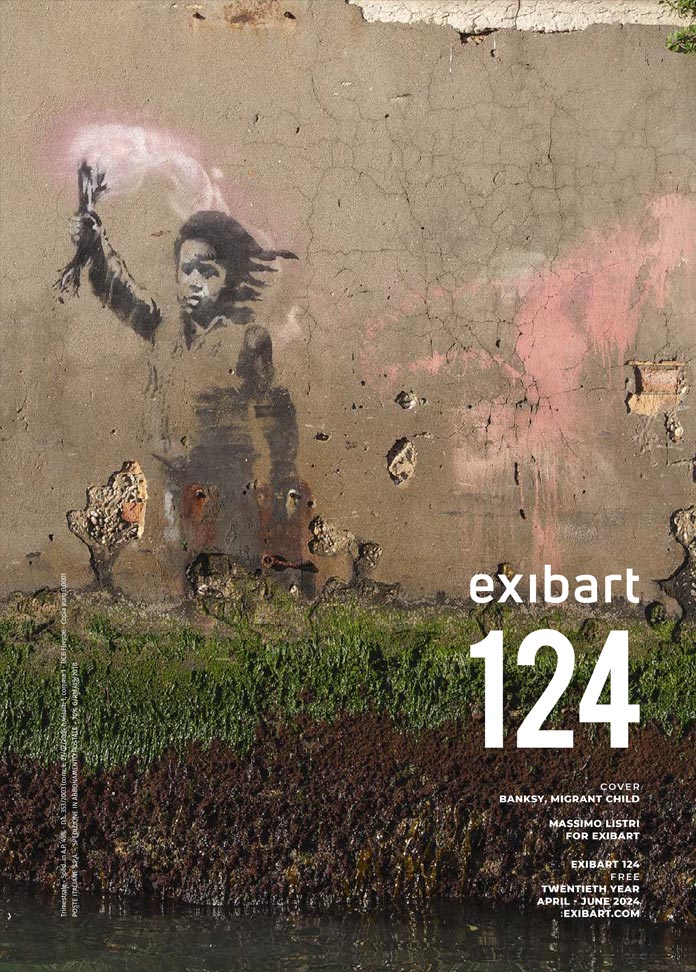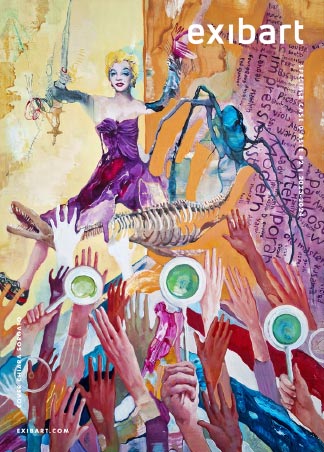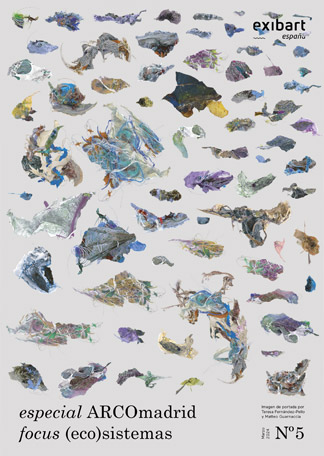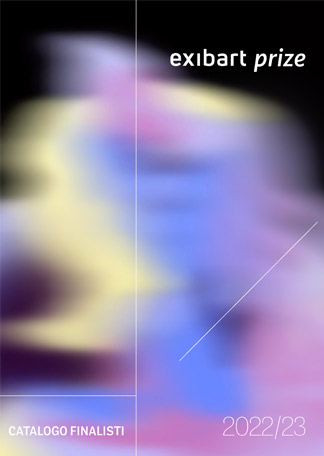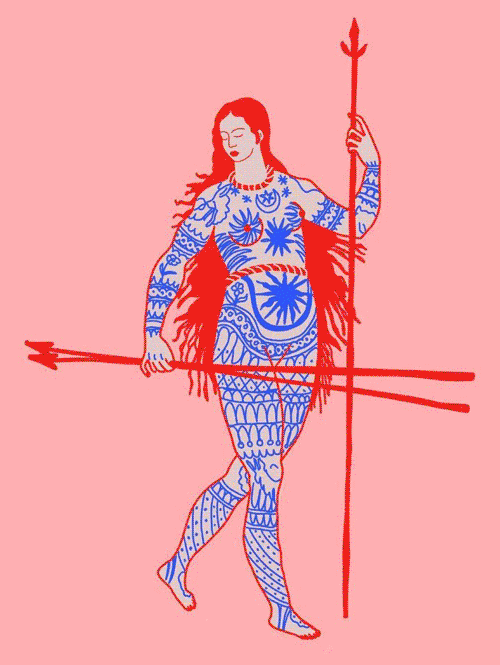-
- container colonna1
- Categorie
- #iorestoacasa
- Agenda
- Archeologia
- Architettura
- Arte antica
- Arte contemporanea
- Arte moderna
- Arti performative
- Attualità
- Bandi e concorsi
- Beni culturali
- Cinema
- Contest
- Danza
- Design
- Diritto
- Eventi
- Fiere e manifestazioni
- Film e serie tv
- Formazione
- Fotografia
- Libri ed editoria
- Mercato
- MIC Ministero della Cultura
- Moda
- Musei
- Musica
- Opening
- Personaggi
- Politica e opinioni
- Street Art
- Teatro
- Viaggi
- Categorie
- container colonna2
- container colonna1
Technical Experimentation and Avant-garde
The Italian Twentieth Century Art Museum
During the XX century a lot of artists have abandoned the traditional techniques with the purpose to adopt new materials and new making processes, more respondent to their real expressive needs. The technical experimentation has then supported the formal evolution of the contemporary art, developing a fundamental role for the evolution of artistic languages in the twentieth century.
di redazione
The existence of a strong artistic tradition has denied to the major part of Italian artists in the first half of the twentieth century to reach analogous results, preferring instead work on the expressive possibility of the techniques it consolidates. Only the futurists succeeded to break with the tradition, proposing innovative promulgated theory in theirs manifests of painting and sculpture. Enrico Prampolini, in the thirties course, constitutes a rare example opening to the international art, approaching to abstract result of the French movement abstraction-creation. The Bioplastich entity Prampolini called some of his compositions, are realized with different techniques, distemper, enamel, oil, sometimes mixed to sand, which confer to matter a various and changeable aspect, similar approximately to an organism in constant transformation ( biological abstraction; bioplastical life, 1938; Synthesis of Taormina, 1939 ).
Good acquaintance of the traditional pictorial techniques allow to Massimo Campigli to obtain dull and extinguished surfaces, similar to affreschi, which well commit with the archaizing female figures represented by the artist, characterized by big eyes and squared form as in the art of the ancient civilization ( Testa di donna con collana, 1932; Dames aux colombiers, 1937 ). the artist obtains this result spreading the painting with oil on a cloth very absorbent, that cancels the moderate flow effect usual brilliance of this pictorial technique.
It is also oil painting that adopted from Ennio Morlotti, artist able to compete with expressive force and modernity of his painting with the best European masters his contemporaries ( landscape, 1940 c.; You bloom, 1959). The stained dough with high thickness, spread nearly without some dilution, become matter to weigh on and to work on, to model with rapid and effective gesture. The light beats irregularly on the uneven surface, exalting the chromatic variations. The matter becomes then this same subject of painting, sprung by the creative force of the artist. Yet, otherwise from other master of the informal, Morlotti never dropepd in the figurative art, using the potentiality of the colour-matter give life to a particular naturalism form.  Also in sculpture, during this century, we attend to continuous experimentation of the artists. The art of pottery has known a new bloom and numerous Italian artists dedicated their time to this technique, bringing to work in the well-known laboratory of Albisola, in Liguria. Of this activity remains in the collection Della Ragione the flat in terracotta of Silvio Di Amico, performed in the 1958 (Piatti), and some beautiful plastic arts work of Lucio Fontana, realized about in 1938 in the Mazzotti laboratory, since the master has frequented for a while the potter master of the renowned manufacture of Sèvres in France (Paulette, marines horses, lying down figure, 1938). The moulded rich person, returned possible from the ductility of the matter, he is enriched of a sparkling chromatism, accentuated from the bright surfaces of glass. One could have the impression that in this work fountain succeeds to reunite two distinct artistic genders, the painting and the sculpture, announcing ideally the spatial ideas of the chopping boards cloth note and you puncture realize from the end of the years 40.
Also in sculpture, during this century, we attend to continuous experimentation of the artists. The art of pottery has known a new bloom and numerous Italian artists dedicated their time to this technique, bringing to work in the well-known laboratory of Albisola, in Liguria. Of this activity remains in the collection Della Ragione the flat in terracotta of Silvio Di Amico, performed in the 1958 (Piatti), and some beautiful plastic arts work of Lucio Fontana, realized about in 1938 in the Mazzotti laboratory, since the master has frequented for a while the potter master of the renowned manufacture of Sèvres in France (Paulette, marines horses, lying down figure, 1938). The moulded rich person, returned possible from the ductility of the matter, he is enriched of a sparkling chromatism, accentuated from the bright surfaces of glass. One could have the impression that in this work fountain succeeds to reunite two distinct artistic genders, the painting and the sculpture, announcing ideally the spatial ideas of the chopping boards cloth note and you puncture realize from the end of the years 40.
Meanwhile they recovered techniques and old materials as the stone and the terracotta, that well they granted to the essential form and nearly ” primitive ” of the sculpture of Arturo Martini and those of Marino Marini (Marini, Testa di donna, 1936; Martini, Susanna, 1936; Le Collegiali, 1927), the bronze, could assumes different tonality in relation to the patina used (Martini, La chimera, 1934; Marines, equine, 1934; Broggini, Bassorilevo, 1939), the chalk, that Manzù enriches of a delicate chromatism that accentuates the common sense (Piccola testa d’uomo, 1932-1934 c.). Various and in operation of the different expressive demand result finally the chosen materials from Antonietta Raphael Mafai, who passed by the rough surfaces of the stone to the chromatism of the patinated bronze, to the preciousness of the onyx of the Brazil (portrait of the Sig.ra Della Ragione, 1945 c.; Portrait of Emilio Jesi, 1940 ).
[exibart]









.jpg)








